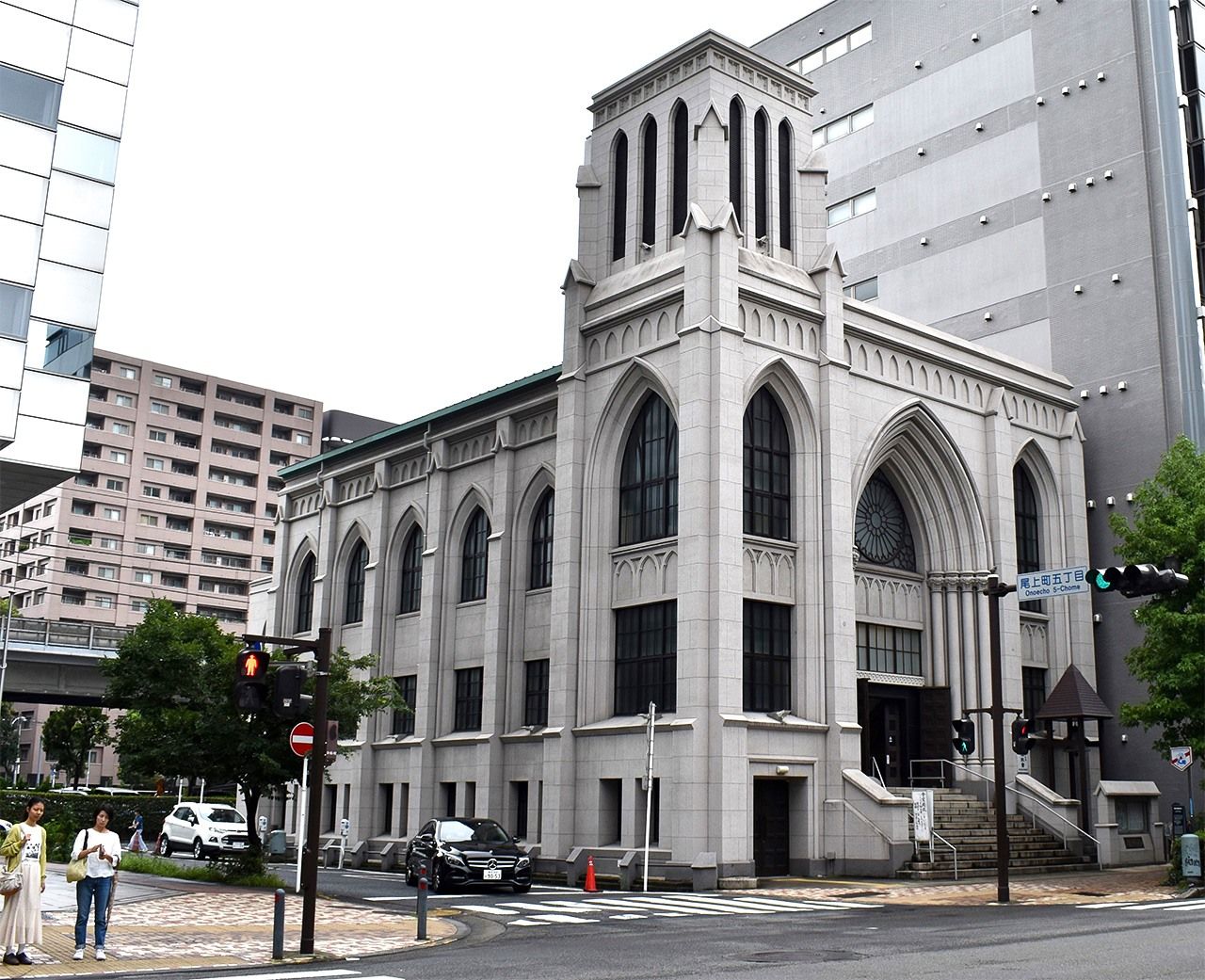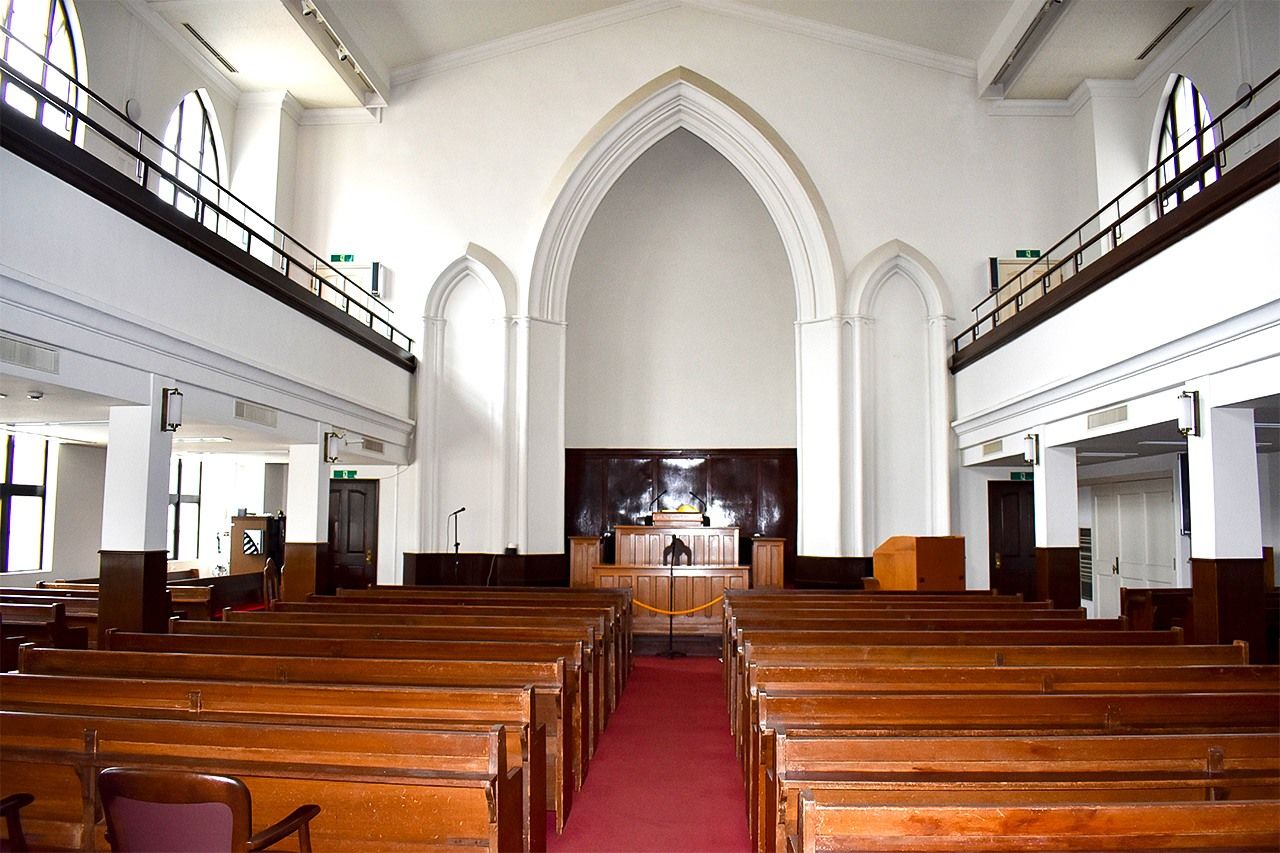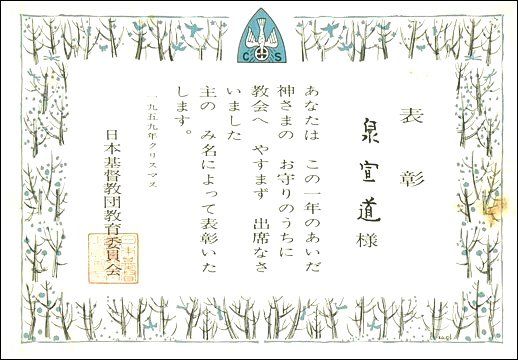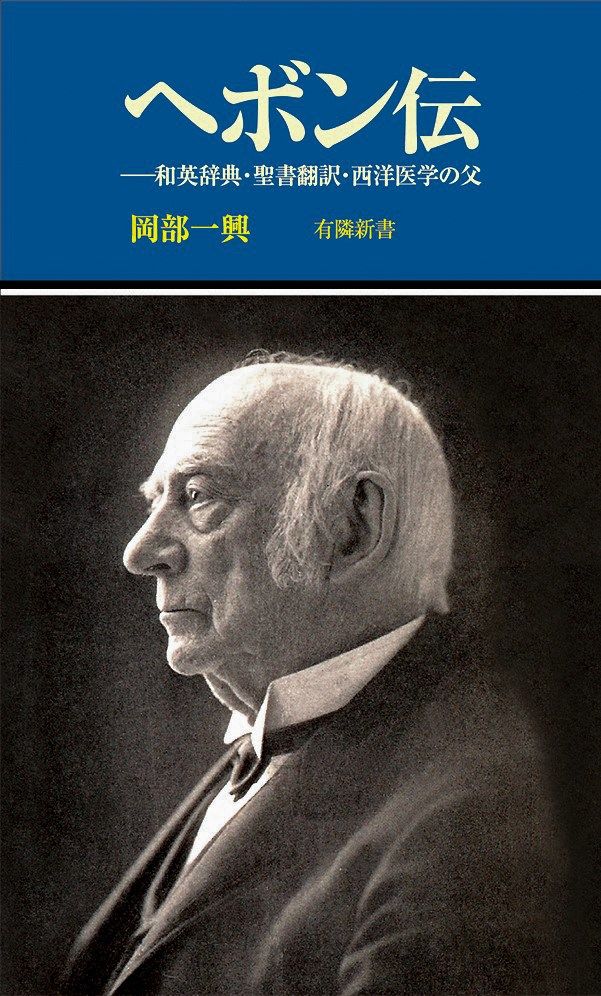
Biography of James Curtis Hepburn Spotlights Contributions to Japan’s Modernization
Books Culture Global Exchange History- English
- 日本語
- 简体字
- 繁體字
- Français
- Español
- العربية
- Русский
A Bridge Between Japan and the West
James Curtis Hepburn (1815–1911) was an America physician who lived in Japan for several decades. He is best remembered for popularizing the Hepburn system of Japanese romanization, which is named after him.
Hepburn was sent to Japan as a missionary by the American Presbyterian Mission in October 1859, settling in Yokohama with his wife Clara. As a new Japanese biography by Okabe Kazuoki shows, he became involved in a wide range of activities apart from missionary work, including his profession as a physician, promoting Western medicine, publishing the world’s first Japanese-English dictionary, translating the Bible into Japanese, school education, and establishing a Protestant church.

Yokohama Shiloh Church, which Hepburn helped to establish, as pictured in September 2023. (Photo courtesy Izumi Nobumichi)
Learning Japanese and compiling a Japanese-English dictionary were Hepburn’s greatest achievements. The dictionary acted as a bridge between Japan and the West, in which English-speaking countries were central. Author Okabe writes as follows:
Firstly, he thought of compiling a dictionary as useful to later missionaries and other foreigners, as well as Japanese people studying English. He also believed that this work was essential as a fundamental stage toward translating the Bible into Japanese. For Japanese people, the dictionary was a foundation for improving their English and coming into contact with foreign culture.
Educating Future Leaders
This biography is notable for devoting many pages to Clara Hepburn’s educational activities in Japan.
In 1863, the couple opened a school where Hepburn instructed students in the latest medicine, while Clara mainly taught English. The book describes how the first students included Hayashi Tadasu, who later served as Japan’s first ambassador to Britain and foreign minister; Takahashi Korekiyo, who became head of the Bank of Japan, minister of finance and prime minister; and Masuda Takashi, who headed trading company Mitsui Bussan and founded the forerunner of major newspaper Nihon Keizai Shimbun.
Clara also dedicated herself to women’s education, influencing the development of institutions like the future Ferris Girls’ School. Okabe writes, “Clara can be said to be a pioneer who worked together with Hepburn to advance women’s education. Due in part to the influence of Confucianism, Japan was behind when it came to teaching girls.”
Saving Lives
The Hepburns lived in Japan through the turbulent last days of the Tokugawa shogunate and the Meiji Restoration, when the country opened up to foreign influences. Hepburn “treated tens of thousands of people without payment, and saved many Japanese lives.” At the same time, he came to know major figures from both Japan and other countries.
The book says that Hepburn was friendly with Townsend Harris (1804–78), who negotiated the Japan-US Treaty of Amity and Commerce and served in Edo (now Tokyo) as US consul general. When Harris fell ill in February 1860, “Hepburn was called to administer medicine, and after around a week of his observation, Harris returned to his normal health.”
In October 1872, Hepburn also presented a copy of his Japanese-English dictionary and a Bible to Emperor Meiji.
The British traveler Isabella Bird, who wrote Unbeaten Tracks in Japan, visited Japan five times from 1878, and stayed at Hepburn’s house while in Yokohama. The Hepburns also made a sea voyage together with Bird from Hakodate to Yokohama.
A Church in Yokohama
Meiji Gakuin University, which won permission for its establishment in 1887, had its origins in the Hepburn school. From the standpoint of education, the couple had a great influence on Japan’s modernization and globalization, but “Hepburn’s last task in Japan was to build a splendid church.”
This bore fruit at the January 1892 consecration ceremony for Shiloh Church in Yokohama; Hepburn took the name from his mother church in Pennsylvania. The red brick structure stood out on Yokohama’s main thoroughfare.

Yokohama Shiloh Church is open to visitors every Saturday. (Photo courtesy Izumi Nobumichi)

The writer Izumi Nobumichi’s certificate for perfect attendance at Yokohama Shiloh Church Sunday school as an elementary school student (Christmas 1959).
The book’s author Okabe Kazuoki, a visiting professor at Hirosaki Gakuin University, was born in 1941 and says that he became devoted to Hepburn in December 1966, when he became a member of Yokohama Shiloh Church. In his foreword, however, he states, “The aim of this book is not to praise Hepburn, but to describe objectively what he contributed to Japan.”
As well as tracing the path and achievements of the Hepburns in Japan, this book conveys their strong faith, virtue, and impartiality, as well as their love for each other.
(Originally published in Japanese. Banner photo: The cover of Hebon-den: Waei jiten, seisho hon’yaku, seiyō igaku no chichi. Courtesy of Yūrindō.)
